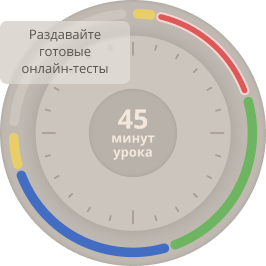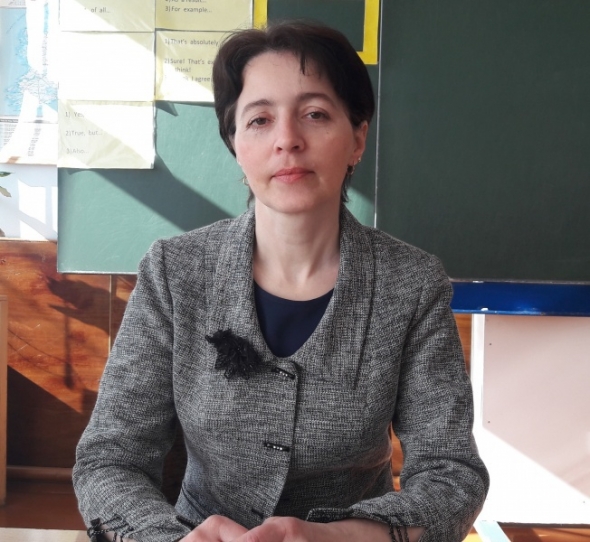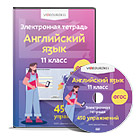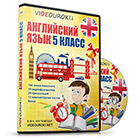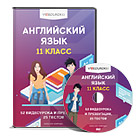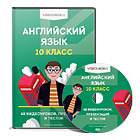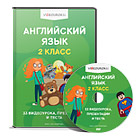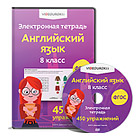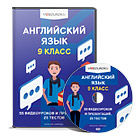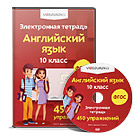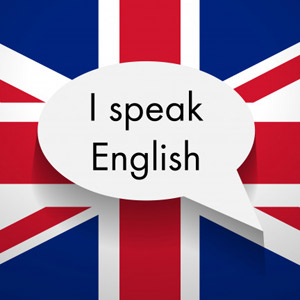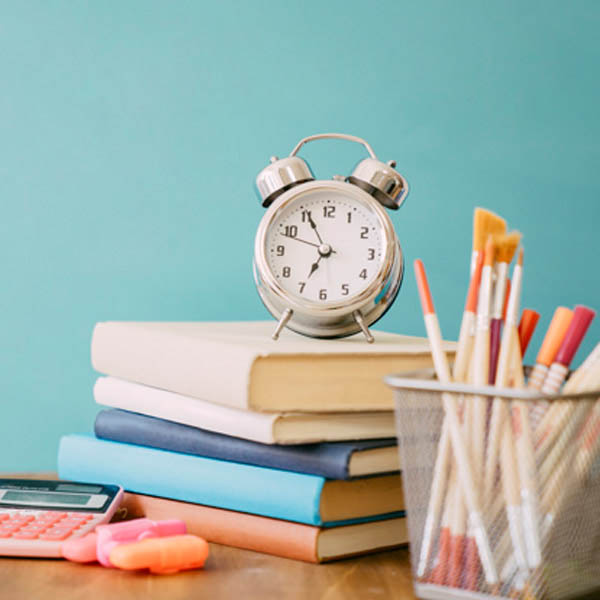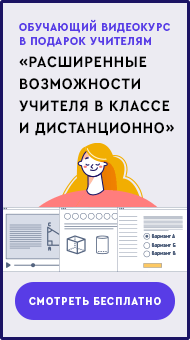Урок по теме “This is our own, our native land. Customs and traditions. Belarusian Handicraft” в 11 классе.
Цели урока:
Образовательная цель: развитие навыков изучающего чтения, монологической и диалогической речи; расширение кругозора; укрепление межпредметных связей (с историей).
Развивающая цель: развитие у учащихся внимания и памяти при чтении текстов и умение отбирать нужную информацию; развитие коммуникативной компетенции.
Воспитательная цель: воспитание уважения к национальным традициям, культурному наследию родной страны; воспитание культуры общения при ведении дискуссии и работе в малых группах.
Коммуникатиная задача: развитие умения вести диалог
Оснащение учебного занятия: компьютер, проектор, экран, раздаточный материал для групповой и индивидуальной работы; текст для чтения о народном ремесле.
План урока:
-
Организационно- мотивационный этап.
Т: Today is an unusual lesson. We are having guests .
Let’s imagine, that today we are participants of the international conference
“This is our own , our native land. Art and Culture. Heritage of Belarus ”.
The motto of our conference is “So many countries, so many customs”.
The goal of our conference is to show talents of our people.We have two groups: one group is a group of correspondents from different countries and the other is a group of historians and their helpers.
Let me introduce our guests: one group is a group of correspondents from different countries.( Когда называют участников, они встают).
John Brown, Сanada, the correspondent of the newspaper “Toronto Star”
John Robins, Scotland, the newspaper Scotland “on Sunday”
Tom Greeves, England, the correspondent of the newspaper “Daily Mail”
Mary Eastwood from the United States of America, the newspaper “USA Today”
Milan Andreas, from Australia the newspaper “Australian”
Denis Jonson, from Switzerland the newspaper “Round the world”
And the other group is a group of researchers and historians.
ZarinaGlyuza, a historian.
Victoria Tkach, an art historian.
Yana Bobovich , an art critic .
Katya Parkhomenko ,a student and a helper .
Vlad Baranovskey, a student and a helper .
They have made a research of national cultural traditions. They want to show you a result of their work. You can ask your questions. They look forward to answering your questions.
Let’s start our conference. Lets’ start our work with brief information about Heritage of our people. Art and culture of our ancestors .
Основной этап
Основной этап проходит в форме вопросов – ответов участников конференции к тематической презентации.
(слайд №1)
John Brown, Сanada, the correspondent of the newspaper Toronto Star.
I have a question. Is Belarus a country of very old customs and traditions? Thank you.
Belarus is a country of very old customs and traditions. To describe the wealth of Belarusian culture will take, of course, many hours, because Belarus has always been famous for its various art schools, which produced exceptional artistic elements.
Далее перед каждым вопросом исследователи обращаются к западным корреспондентам со словами: More questions, please.
Do you have any more questions? Any more questions? И т.д. После заданного вопроса добавляется Thank you!)
(слайд №2)
John Robins, Scotland, the newspaper Scotland on Sunday.
Do you care about inheritance of your ancestors ? Thank you.
(слайд №3)
Tom Greeves, England, the correspondent of the newspaper Daily Mail.
Can you prove that Belorusian handicraft is still popular today?
-
Belorusian handicraft is still popular today which alongside our theatrical, musical and literary makes us feel proud of our talented nation. Nowadays there are many young people who are eager to revive the national customs and traditions. And in my place where I live there are such people as well. They are fond of national handicraft, they are eager to revive the traditions of our ancestors and we can be proud of their skillful works, which are exhibited in various museums in cities and towns.
(слайд №4)
Mary Eastwood from the United States of America, the newspaper USA Today. Straw weaving is unusual Belarusian art form, isn’t it?
-
Straw weaving is unusual Belarusian art form. Articles made from straw by skillful artists are like rays of the sun, which are transformed into animals, birds, chests, small boxes and national dolls.
(слайд №5)
Milan Andreas, from Australia the newspaper Australian
Did " Slutskwaistband" receive worldwide recognition?
(слайд №6 )
Denis Jonson, from Switzerland the newspaper “Round the world”.
Do you produce " Slutsk waistband" today?
(слайд №7-8-9)
John Brown, Сanada, the correspondent of the newspaper “Toronto Star”
Did embroidery symbolize anything for people?
-
Embroidery took an important part in the life of our people. They decorated national costumes with embroidery and lace. Embroidery was everywhere: in national clothes, towels, tablecloths, hand-made carpets. People used bright colours for embroidery: white, blue, red, which symbolized loyalty, honesty, courage, generosity and love.
(слайд №10)
John Robins, Scotland, the newspaper Scotland on Sunday.
What is the mirror of people’s history?
-
The towel is a mirror of people's history, their spirit, creativity, and artistic perception of the world. In the Belarusian language, there are several words to denote towels, depending on their functions.
(слайд №11-12)
John Robins, Scotland, the newspaper Scotland on Sunday.
What is it nabozhnik ? Can you explain please?
-
Towels that are richly decorated with embroidery and lace are called nabozhnik all over Belarus. These towels are meant for God and are kept in their permanent place - "the red corner", the most honorable place in the house. Belarusian towels are a special world of signs, their patterns and colour convey some certain meaning and possess a certain "message": towel - road or way, towel - bond, towel- embodiment of good.
(слайд №13)
Tom Greeves, England, the correspondent of the newspaper Daily Mail.
Why and when did they use a festive towel?
should always be welcomed with the symbol of lifegiving food-bread and
salt on a festive towel. Bread and salt on a festive towel figured in the
ceremonies connected with child-birth, match-making, wedding.
(слайд №14)
Mary Eastwood from the United States of America, the newspaper USA Today.
Did your grandparents also observe national and cultural traditions?
granny has a lot of beautiful things with embroidery. When I come to her
house I get in a different world. We appreciate her skillful works. And I want
to finish with words, but they are in Russian:
Чистоту, простоту мы у древних берем,
Саги, сказки из прошлого тащим,
Потому что добро остается добром
В прошлом, будущем и настоящем!
(В. Высоцкий)
Релаксационная пауза
We will have a short break. We would like you to listen to national music and national dance.
-Read the words and use to describe your attitude to music.
Popular, fast, slow, traditional, energetic, aggressive, noisy, depressing, rhythmic, expressive, relaxing, sentimental, touching, melodious, lively, rude, cool, awful, pleasant, great, exciting, soft, beautiful, boring, stupid, sweet, catchy, primitive, powerful, serious, sentimental, romantic, loud, joyful, gentle, sad, energetic, memorable, peaceful, relaxed, light, monotonous, (un)usual, adventurous, harmful.
Model: I think …. is expressive and relaxing.
I am (not) particularly fond of…
I adore listening to…
I’d love to …
I am keen on listening to…
I am mad ( crazy ) about listening to…
It makes me think( sleep, cry).
-- P1 I associate this music with the poem of Belorusian poet Maksim Tank “ Happiness”( P1- reads the poem in English).
HAPPINESS
Happiness of humankind is
Simple, such as yours and mine is,
Surely from salt it's compounded,
And bread reaped in fields abounding,
From sweat, the dust of the highway,
Woven from our native skyline,
From friendship, than stern death far stronger,
From song... So, when on this I ponder,
I think: if from aught else compounded,
Will it be happiness? I doubt it.
ШЧАСЦЕ
Простае шчасце людское,
Так як i наша з табою,
Пэуна, складаецца з сoлi,
3 хлеба, сабранага у полi,
3 поту, дарожнага пылу,
3 роднага небасхiлу,
3 дружбы, мацнейшай ад смерi,
3 песнi...I так мне здаецца:
Каб з чаго iншага скласцi,
Дык цi было б яно шчасцем.
2. Работа с текстом.
We have prepared small surprises for our foreign guests. Here are texts about our national handicrafts . Read them and do the exercises in groups.
Чтение текста и выполнение заданий по тексту (дифференцировано). Высказывание мнения по прочитанному.
Before reading the text "Belarusian Handicraft", look through the vocabulary.
wealth - богатство
waistband - пояс
embroidery - вышивка
chandelier - люстра
straw weaving - плетение соломкой
handicraft - ремесло
jewellery – ювелирные изделия
Belarusian Handicraft
To describe the wealth of Belarusian culture will take, of course, many hours because Belarus has always been famous for its various art schools which produced exceptional artistic elements. These include jewellery, articles made of metal, ceramics, glass, leather, straw, waistbands and embroidery. Jewellery and metal working were typical of many factories in the Middle Ages, which developed the so-called "animal style", displayed in amulets, icons, crosses and window frames. In the 18th century new branches of decorative art appeared in Urecha and Naliboki. Things made of glass such as mirrors, chandeliers, glassware were very popular not only in Belarus andthey allowed to speak of aseparate national art school.
The "Slutsk waistband" pattern had a peculiar Belarusian originality. Its exceptional artistic production level received worldwide recognition.
Strawweaving is another unusual Belarusian art form. Articles made from straw by skillful artists are like rays of the sun, which are transformed into animals, birds, chests, small boxes.
Many of these relics are exhibited in various museums not only in Minsk but in other cities and towns as well. Belarusian handicraft is still popular today which alongside our theatrical, musical and literary art makes us feel proud of our talented nation.
-
Read the text "Belarusian Handicraft" and say what things in old times were mainly made from:
-
metal; "
-
glass;
-
straw
2) Complete the sentences according to the text.
1. Belarus has always been famous for:
-
its decorative art;
-
architecture;
-
costumes.
2. In the Middle Ages many factories produced:
-
embroidery;
-
leather;
-
jewellery.
3. Exceptional things made of glass appeared in:
-
the12thcentury;
-
the 15th century;
c) the 18th century.
4. Slutsk was famous for its:
a) icons;
-
window frames;
-
waistbands.
5. Another unusual Belarusian art form is:
-
painting;
-
straw weaving;
-
sculpture.
3) Give the words from the text that mean the same.
richness things made of glass
unique very special
characteristic of given the form of
shown a thing of the past
4) Read the text again and fill in the missing parts of the sentences.
-
Belarus... always ... famous for ... various art schools.
-
... many factories in the Middle Ages ... the so-called ....
-
Things made ... glass mirrors, chandeliers, glassware... very ....
4. Articles made ... straw ... skillful ... are like rays of ... .
5) Give more information from the text to prove that:
-
Belarus has always been famous for its handicraft;
-
Jewellery and metal working were typical of many factories in the Middle Ages;
c) exceptional things were made of glass in Urecha and Naliboki;
d) Slutskwaist band and strawweaving were famous for their originality;
e) Belarus is a talented nation.
-
Say which form of Belarusian decorative arts appeals to you most and why.
-
Say what decorative things you can make with your hands, what you make them from and what they are like.
12) Рефлексивно-оценочный этап.
Рефлексия.
Учащиеся рассказывают о работе на уроке, используя таблицу- подсказку:
| At the lesson I worked… | actively | passively |
| My work at the lesson was… | successful | unsuccessful |
| After the lesson I was… | Not tired | tired |
| My mood became… | better | worse |
| The material ( topic) of the lesson was… | interesting | boring |
| I think our homework is… | easy
interesting | difficult
uninteresting |
TCH : We have a special book on the blackboard “The book of wishes”.
Friends and guests write down your wishes to us and to our country.
15) Выставление отметок за урок.
Учитель выставляет и комментирует отметки учащихся.
13


